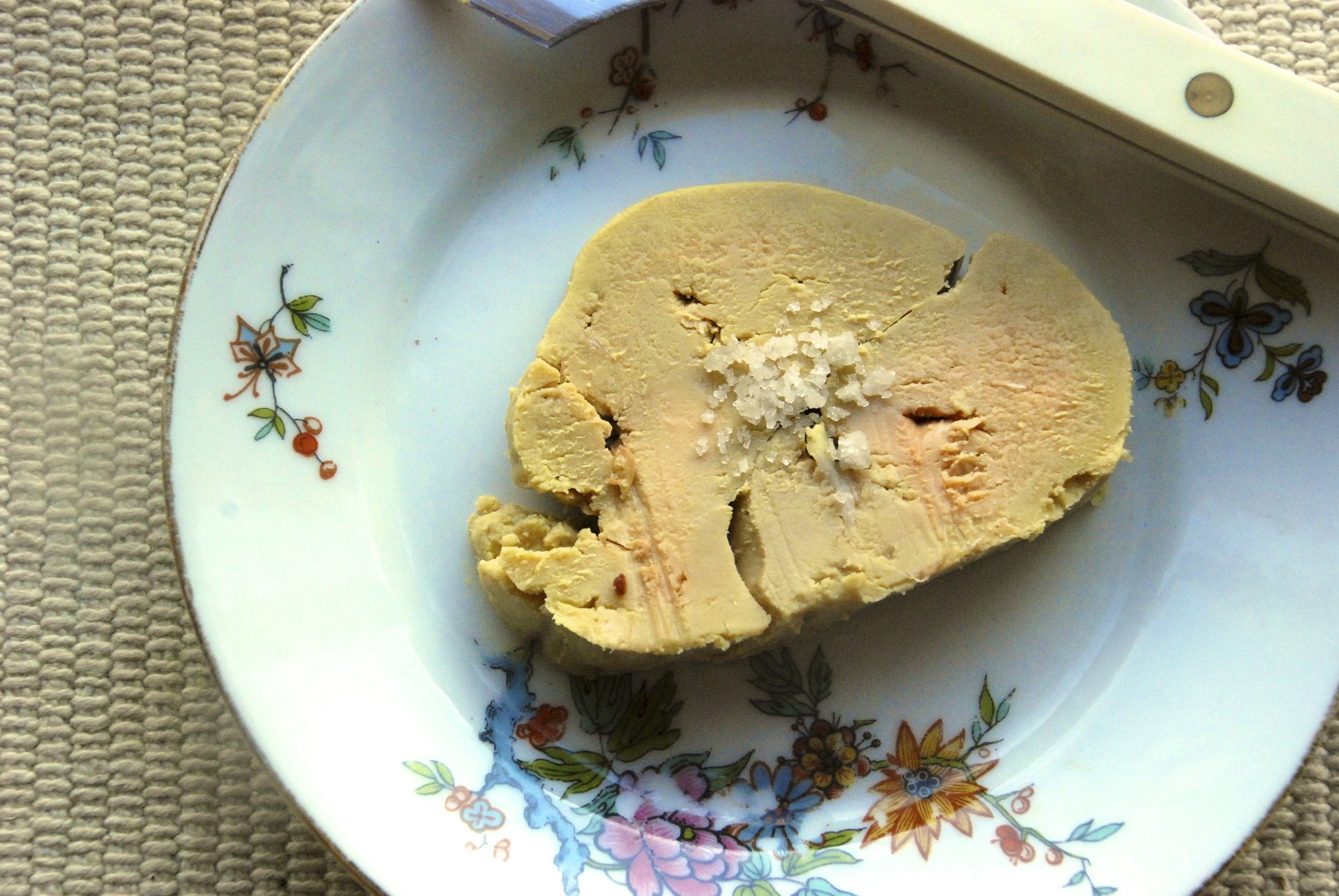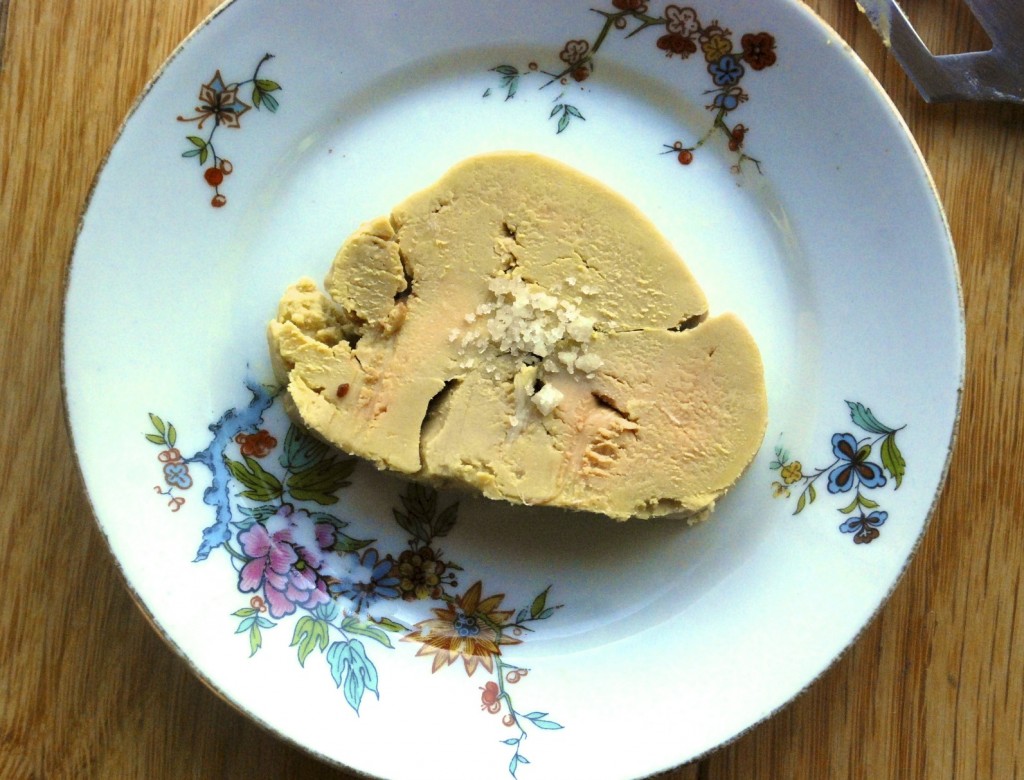My boyfriend and I are currently spending our second Christmas together at his family’s seaside home on the western coast of France. (I know, I have a really terrible life). We have only been here one day, but already I find myself one luscious recipe richer. Tonight we leave for his grandmother’s house, where I am hoping even more recipes await. Oh, they joys of Christmas!
While it might be shameful to admit, before last night, I never considered that one could prepare foie gras at home. I thought surely it was one of those things rendered by magical elves with fantastic meat-related powers. Surely it required chicken wire and microscopes and a secret family formula jealously guarded over five centuries.
This, as it transpires, is not the case. Actually, all you need is a great liver, a little regional booze and some good old-fashioned salt and pepper. Throw in a terrine, time and some cheesecloth, and you are in business. My boyfriend’s mother Isabelle, a veritable treasure trove of all things lovely and French, has generously shared her recipe for the smoothest, most buttery foie gras I have ever tasted. Her advice is to use the very best-quality liver you can get your hands on, which you can do at http://www.dartagnan.com, or at your local market or butcher shop if they carry duck or goose products.
Ingredients:
- 1 raw “fat” duck or goose liver
- 2.2 pounds of large-grain sea salt
- freshly grated black pepper
- ¼ cup Cognac or Armagnac
Procedure:
1. Place the duck or goose liver on a large plate or cutting board. “Unfold” both parts of the liver. With your fingers and with a knife, carefully remove any white veins or connective tissue, without making too many holes liver. Sprinkle the inside of both parts with freshly ground black pepper before folding the to two halves back on top of each other.
2. Pour the Cognac or Armagnac into a shallow bowl. Wet a large piece of cheesecloth completely, then wring it out and lay it on a flat surface. Place the liver on top of the cheesecloth, and then roll the cheesecloth tightly around the liver. You want it to resemble a log, so shape it with your hands as you roll. When you are happy with the shape, tuck the ends of the cheesecloth under.
3. Inside the terrine, layer about 1 inch of sea salt. Place the cheesecloth package on top of the salt, and then cover it completely with the rest of the salt. (The cheesecloth should be completely covered on all sides, so make sure the terrine is big enough that there is space to encase the liver completely).
4. Wrap the top of the terrine in plastic, and place it in the refrigerator for 48 hours. (This is important—less than 48 hours and the foie gras won’t be “cooked,” longer than 48 hours and you risk over salting it).
5. After 48 hours, remove the plastic wrap, and take out the cheesecloth. (The salt can be reserved for another use.) Dust any excess salt from the cheesecloth, and then unwrap. Serve the foie gras with pain de mie. (Or any buttery bread.)



Foie Gras is my favorite. I used to work for french cafe and I used to love stealing a slice every once in a while. I can’t wait to try this recipe! thanks